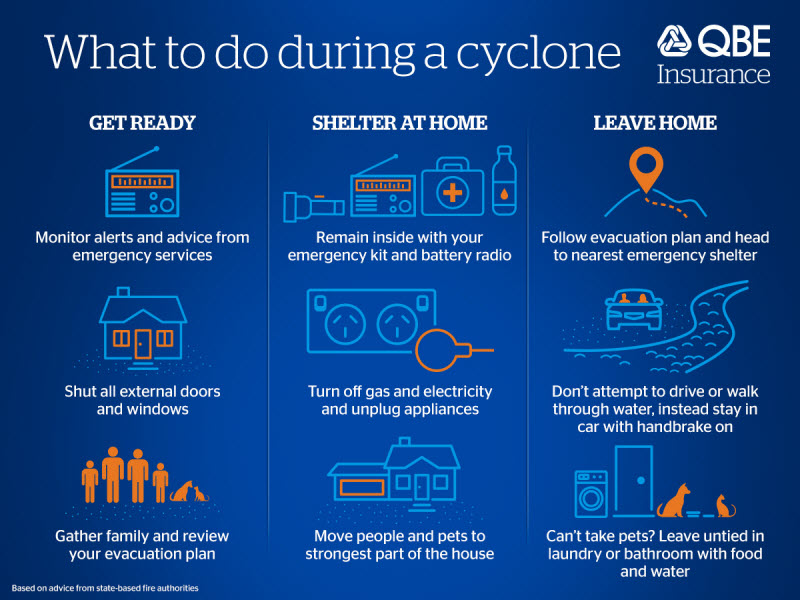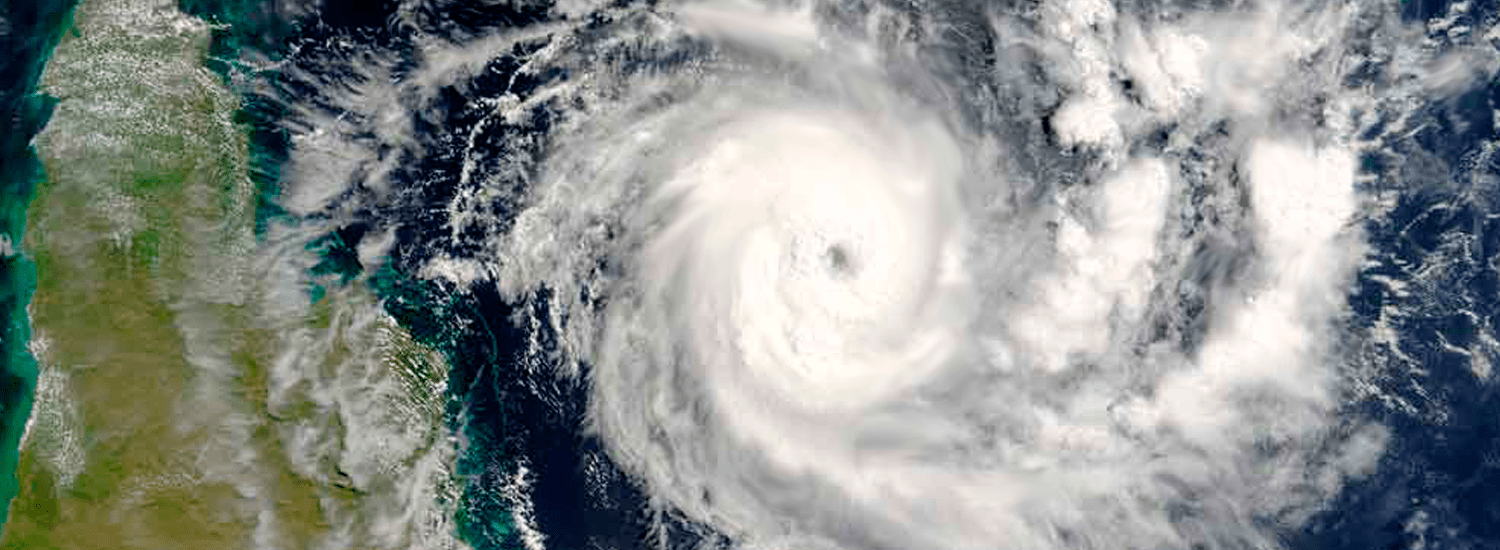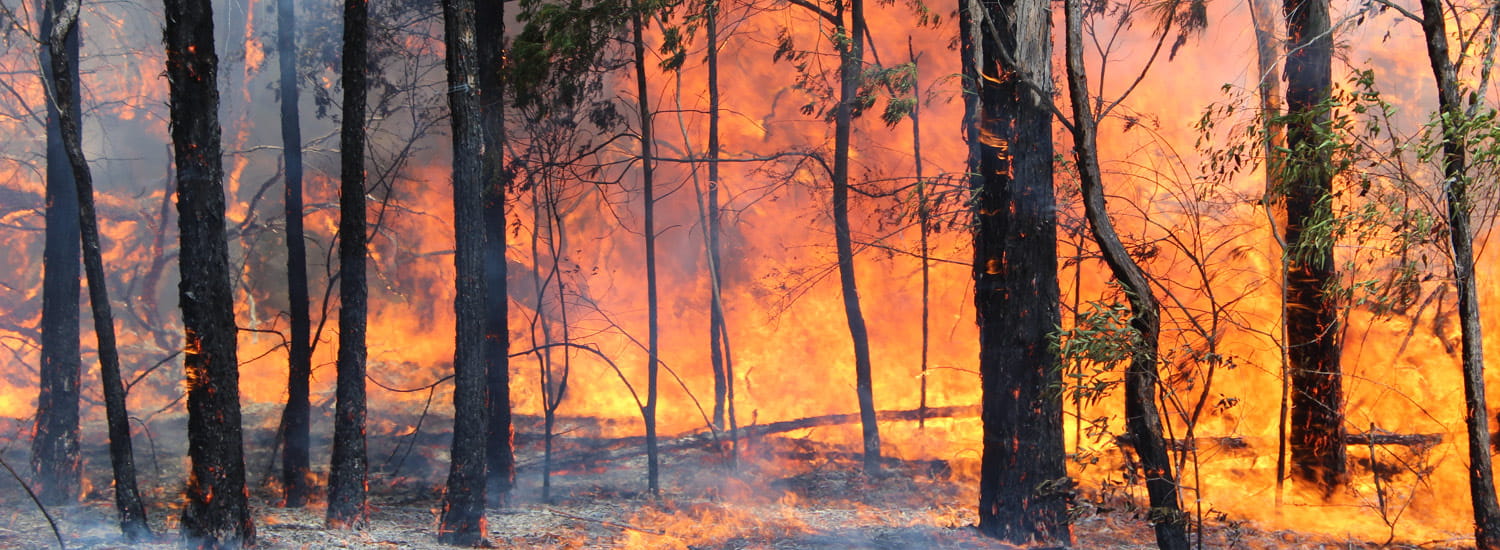What to do during a cyclone
This article was originally published in February 2017 and has been updated.
- Stay tuned to cyclone alerts and use the time before the cyclone hits to make your safety preparations
- Take shelter in the strongest part of the house such as a stairwell, the bathroom or hallway – away from doors and windows
- Beware the eye of the cyclone – it can bring a temporary lull in winds, but it doesn’t mean the cyclone has passed
Tropical cyclones, also known as ‘hurricanes’, can bring gale force winds, heavy rain and flooding plus coastal storm surges. That’s plenty of potential for danger. So, having a plan to follow is vital to ensure you and your family stay safe during a cyclone.
As tropical cyclones have a life cycle usually lasting 4-7 days, authorities normally have time to trigger cyclone warnings. This gives people living in cyclone-prone regions an opportunity to put cyclone preparation plans into action.
Cyclone alerts
Tropical Cyclone Advices are issued by the Bureau of Meteorology (BOM), and the advice usually follows one of two categories:
- A Cyclone Watch means gales are expected within 48 hours, but not within 24 hours
- A Cyclone Warning means gales are expected within 24 hours or are already occurring
These warnings should not be disregarded – this is your cue to prepare for the cyclone.
Cyclone categories and their risks
Alerts issued by the BOM or local news outlets often describe the likely intensity of a cyclone in terms of a particular category. The table below explains how these cyclone categories work, and what you can expect.
| Category | Maximum average wind (km/hr) | Typical strongest gusts (km/hr) | Typical effects |
| 1 | 63-88 | Less than 125 | Damaging winds. Negligible house damage. Damage to some crops, trees and caravans. |
| 2 | 89-117 | 125-164 | Destructive winds. Minor house damage. Significant damage to signs, trees and caravans. Risk of power failure. |
| 3 | 118-159 | 165-224 | Very destructive winds. Some roof and structural damage. Power failures likely. |
| 4 | 160-199 | 225-279 | Significant roofing loss and structural damage. Dangerous airborne debris. Widespread power failures. |
| 5 | Over 200 | Over 279 | Extremely dangerous with widespread destruction. |
Source: Bureau of Meterology
As a guide, Cyclone Tracy, which devastated Darwin in the mid-1970s was a Category 4 cyclone. In 2011, Cyclone Yasi slammed into the coast of Queensland as a Category 5 cyclone. Yasi bought winds of up to 285 kilometres per hour, and remains one of the most powerful cyclones to have affected Queensland since records began.
Sheltering at home during a cyclone
If your area is impacted by a cyclone alert, early action is vital. Top up your car with fuel in case of evacuation, then head indoors taking pets with you, and take the following steps:
- Turn off electricity, gas and water, and unplug appliances
- Make sure window shutters are closed or use packing tape to hold any broken glass in place
- Gather your family in the strongest part of the house such as a stairwell, the bathroom or hallway
- Keep your emergency kit with you
- Check your portable battery operated radio or the internet for updates or new directives
If your home starts breaking up during the cyclone, anchor yourself to a strong fixture such as a water pipe or get under a solid table or bed and protect yourself with a mattress, tarpaulin or blankets.
“Make safety your top priority,” says Arron Mann, QBE’s General Manager, Claims. “If you’re not sure you’ll be safe at home, head to the local emergency shelter – but only if there is time. Contact the SES on the national phone number 132 500 to find out where your nearest emergency shelter is located.”
If you decide to leave before a cyclone hits
- Before heading out of your home, make sure everyone is dressed in suitable clothing and wearing sturdy shoes. Let family members who are not home know you are leaving, and explain they should not attempt to return home during the cyclone
- If you can’t take pets, leave them untied with food and water, in a safe place such as a garage or laundry
- Close all windows, lock doors and let friends or family know where you are heading
- If you are caught in the car during the cyclone, pull over in a spot clear of water courses, trees and power lines, and remain in the vehicle
Beware the eye of the cyclone
A unique feature of cyclones is the storm’s eye, the epicentre around which the winds rotate. When the eye passes over an area, wind gusts can drop dramatically. However, this is only a temporary lull. As the cyclone moves along its path, the destructive winds will return.
“The eye of a cyclone can be deceptive. Don’t assume a temporary fall in wind gusts means the cyclone has passed and it’s safe to go outside,” cautions Arron Mann. “It could be the eye of the cyclone passing overhead, and what comes after is often worse. Stay safe by staying indoors.”
The best way to know a cyclone has passed is to wait for the official all-clear. After the cyclone has moved on, you can head outside or start the journey back to your home.










